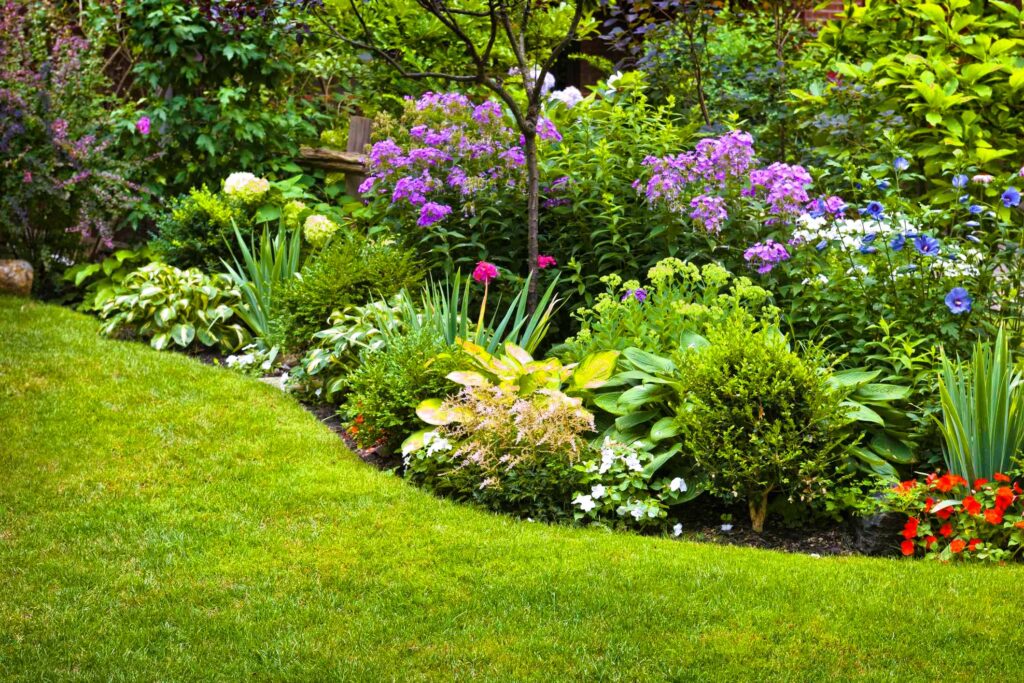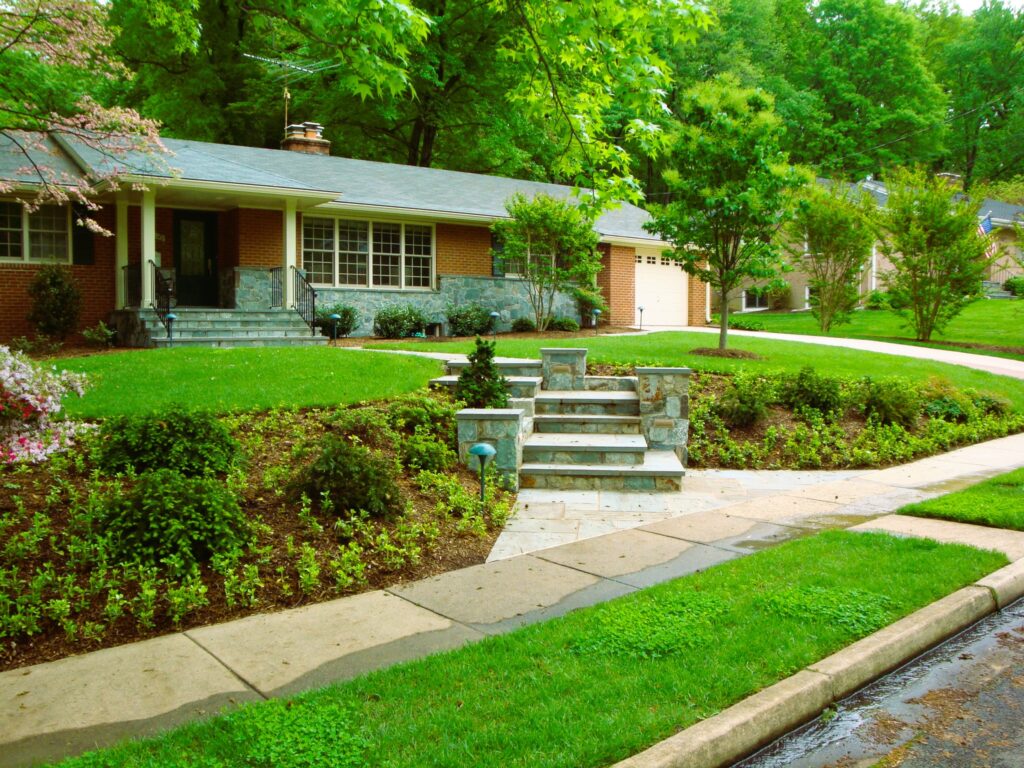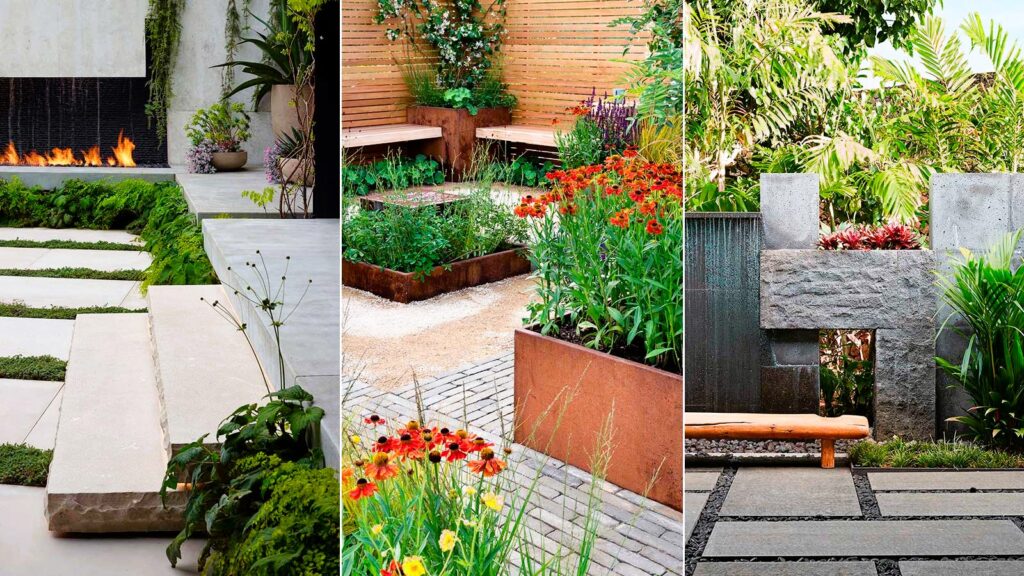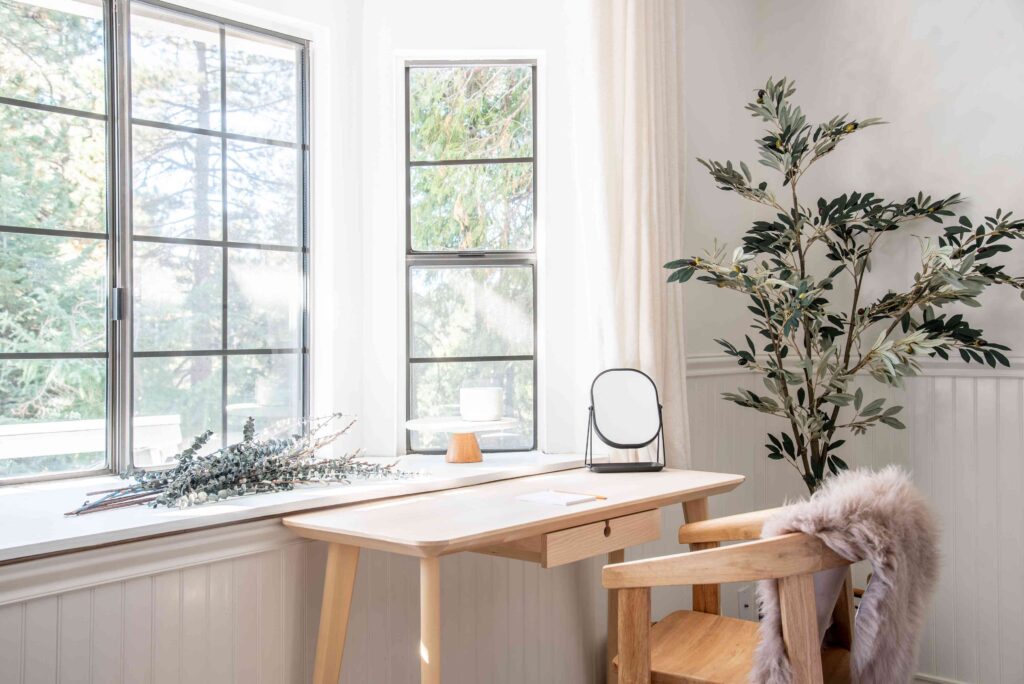
Your yard is an extension of your home, and its design plays a crucial role in enhancing the overall aesthetics and functionality of your property. Creating a harmonious outdoor space is not just about adding a few plants and a lawn; it involves careful planning, design principles, and a touch of creativity. In this article, we’ll explore the basics of yard design and how you can transform your outdoor space into a serene and beautiful environment.
Understanding Your Space
Before diving into yard design, it’s essential to understand the characteristics of your outdoor space. Assess factors like the size of your yard, its shape, the climate of your region, and the existing elements such as trees, structures, and hardscape features. This information will serve as the foundation for your design process.
Establishing a Focal Point
Every well-designed yard has a focal point that draws the eye and creates visual interest. This could be a stunning garden statue, a water feature like a fountain or pond, or even a beautifully designed patio. The focal point serves as the centerpiece of your yard, giving it a sense of purpose and direction.
Creating Functional Zones

A harmonious yard design often includes different functional zones to cater to various activities and needs. Consider the following zones:
1. Entertaining Area
Design a space for outdoor dining and socializing. This could be a patio, deck, or even a cozy corner with comfortable seating and a fire pit for chilly evenings.
2. Relaxation Zone
Create a tranquil spot where you can unwind and enjoy the serenity of your yard. Placing a hammock, lounge chairs, or a swing amidst lush greenery can turn this area into your personal oasis.
3. Garden and Planting Area
For nature enthusiasts, a well-maintained garden is a must. Choose plants that thrive in your climate, and arrange them in aesthetically pleasing patterns.
4. Play Area
If you have children or enjoy outdoor games, designate an area for play. This could include a small playground, a lawn for sports, or a sandbox.
5. Pathways and Walkways
Connect different parts of your yard with well-designed pathways. This not only adds functionality but also contributes to the overall aesthetics.
The Importance of Balance and Symmetry
Balance and symmetry are fundamental principles in yard design. Ensure that elements are distributed evenly to create a sense of equilibrium. For example, if you have a large tree on one side of your yard, balance it with a smaller one or a garden feature on the opposite side.
Plant Selection and Placement
Plants are the heart of any yard, and their selection and placement play a vital role in achieving harmony. Choose a variety of plants that bloom at different times of the year to ensure year-round beauty. Consider the height, color, and texture of plants when arranging them in your yard.
Hardscaping and Materials
Hardscape elements like walkways, patios, and walls contribute to the overall design. Select materials that complement the style of your home and the natural surroundings. Materials like stone, wood, and concrete offer a range of options for different aesthetics. Extending the life of tracks, what should you know? More details in our article.
Lighting for Ambiance

Outdoor lighting not only extends the usability of your yard into the evening but also adds an enchanting ambiance. Install soft, warm lighting along pathways, around the entertaining area, and near your focal point to create a magical atmosphere.
Sustainability and Maintenance
Consider sustainable landscaping practices to reduce water consumption and minimize maintenance efforts. Native plants, efficient irrigation systems, and eco-friendly materials can contribute to a more environmentally conscious yard.
Conclusion
Designing a harmonious yard is a rewarding endeavor that enhances your quality of life and adds value to your home. By understanding your space, creating functional zones, embracing design principles, and paying attention to detail, you can transform your outdoor space into a beautiful and serene haven.
For more information on yard design and landscaping standards, you can visit theofficial website of the Canadian government’s standards for landscaping at Canada.ca.
Start planning your yard transformation today and embark on a journey to create a harmonious outdoor space that reflects your style and personality.



